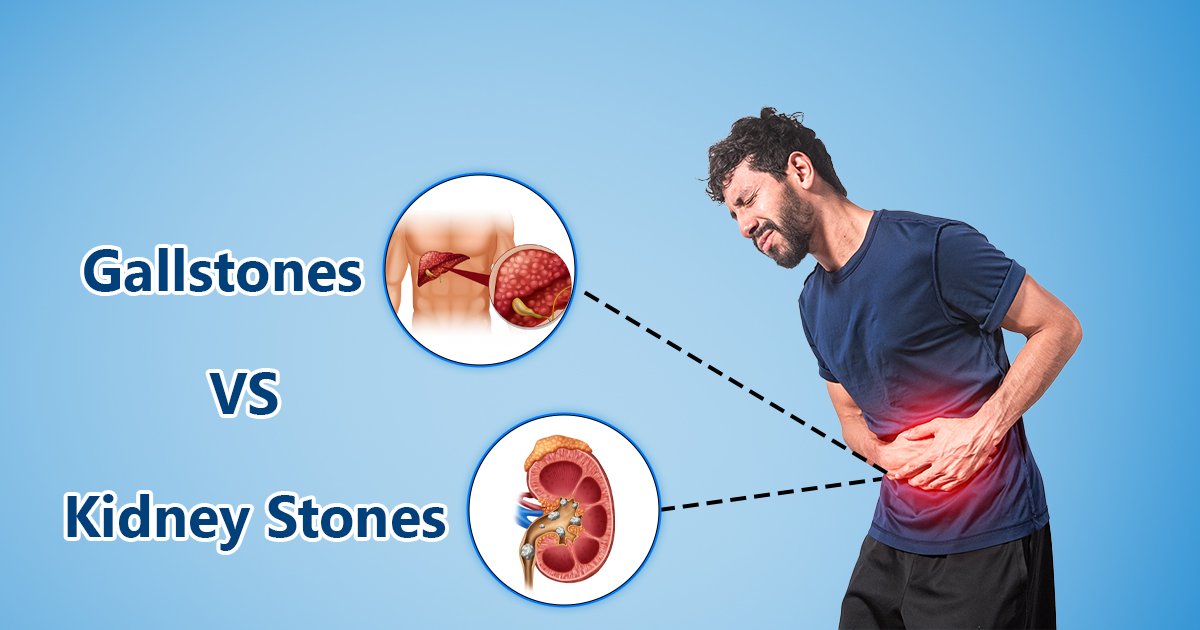There are numerous excellent therapy options available today to provide people with pain relief from kidney stones.
Table of Contents
Kidney Stones Treatment
Because kidney stones are a common disease, it is natural to seek effective remedies for these vexing stones.
Of course, there are numerous methods for treating kidney stones. And none of us wants to be sorry later for choosing the ‘insufficient’ solution for any condition.
When someone wants to get rid of a painful problem to avoid subsequent complications, picking a treatment option that is both painful and potentially dangerous is not a good decision.
A successful kidney stone treatment must be both safe and effective. The current kidney stone operation with laser accomplishes the intended result.
Meaning Of Laser Lithotripsy
Short and powerful infrared light pulses are used in laser lithotripsy. When employed correctly, these pulses are so powerful that they can shatter any type of stone into small bits. The same method is used in laser lithotripsy to remove kidney stones, in which the stones in the kidney are shattered into tiny pieces and expelled through urine.
It is a painless normal operation, and the patient can recover quickly as opposed to conventional and traditional forms of surgery that are not only difficult but also take time to assist people in recovering.
Advantages of ureteroscopy compared to other stone treatments
- Flexible ureteroscopy has the advantage of allowing entrance into all sections of the kidney if the kidney stones are of acceptable size and position. As long as the ureter is large enough to allow the ureteroscope to pass through, the stone may be shattered and removed in a single surgery.
- Unlike SWL, a kidney or ureteral stone can be viewed directly by the ureteroscope, allowing laser lithotripsy followed by basketing and removal. Patients are requested to pass stone particles themselves during shock wave lithotripsy, which may cause further pain or obstruction. Furthermore, shock wave lithotripsy may not break up extremely dense, hard stones (termed SWL-resistant stones). If the stone is visible to the ureteroscope, ureteroscopy with a contact holmium laser can break it up. Furthermore, ureteroscopy can treat stones not visible on standard x-ray (“acid” stones).
- Unlike percutaneous procedures, the ureteroscope is passed through natural bodily orifices and does not require any skin incisions. It is an outpatient surgery, whereas PCNL necessitates at least an overnight stay in the hospital. Certain patient groups that cannot be treated with ESWL or PCNL (such as those on blood thinners, pregnant women, the extremely obese, and airline pilots/astronauts) can be safely and efficiently treated using ureteroscopy.
Things that happen on surgery day
Before treating kidney stones with laser, your surgeon will advise you on handling your medications and food. Most laser kidney stone treatments are outpatient procedures, so you can go home the same day.
You will be sedated during the procedure because you will be under general anesthesia. It ensures that you remain still while the small instruments are within your body. Newer lasers are more precise and powerful, making it easier for surgeons to control and break the stone. It shortens the duration of your procedure, allowing you to sleep less and return to your daily routine sooner.
Feeling after surgery
After laser surgery, you may still feel pain. If you have a stent between your kidney and ureter, the stent is likely to be the source of your pain because it can rub on your kidney or bladder. It can also make you feel the need to urinate, and it may cause some blood in your urine. Men may also have pain in the penis or testicles.
Following surgery, your doctor will prescribe medications. They may generally include an antibiotic to prevent infection, pain relievers, and medication to ease bladder spasms and burns during urination.
Drink plenty of water to keep the stent lubricated and any tiny stones out of the kidney. You may probably need to urinate more frequently, so have a restroom nearby.
You can return to your normal activities the next day or as soon as you feel comfortable. High-intensity exercise should be avoided until your stent is removed. Some pain relievers prohibit activities such as driving, so read the label carefully. Additional guidelines will be provided by your doctor.
Follow-up care is required
After surgery, you will see your surgeon or his assistants about a week later. If you have a stent, it will be removed using a little illuminated instrument at this point (cystoscope). It is done again through your bladder and can be done while awake in the office. If your surgeon believes it will aid in healing, the stent may be left in place for a longer period. The stent can remain in place for up to three months, so don’t be concerned if your stent removal is delayed. The stent must be removed, so don’t forget to schedule your post-surgery check-up.
The surgeon will have sent one of your kidney stones for analysis after removing them. Your doctor will advise you on how to avoid future kidney stones based on the stone’s makeup. The doctor may also offer recommendations based on urine analysis. For example, the doctor may advise you to make dietary modifications or to take supplements or drugs.
Because kidney stones are a chronic condition, they may reoccur at some point in the future. You now understand the symptoms and that effective remedies are accessible. Follow your urologist’s advice to help prevent additional kidney stones, and don’t hesitate to call if symptoms return.
Complications & Risks
Ureteroscopy with laser lithotripsy is a safe and effective therapy with a quick recovery. As a result, there are no dangers or difficulties linked with the operation. However, unusual side effects include nausea and a brief period of bleeding.
Conclusion
Kidney stones can surely be excruciatingly painful and make your life miserable. Having them operated on with standard treatments takes time to cure, and recovery is also slow. Fortunately, we can now treat kidney stones with ureteroscopy and laser lithotripsy. The risks are minor, and the patient heals rapidly with no significant side effects. The entire treatment is risk-free and takes anything from 10 minutes to an hour, depending on the severity of the operation.
If you have kidney stones for an extended period, you should consult a doctor about advanced laser treatment. It is unquestionably the best option for dealing with the stones ruining your life.
Urologist Dr. Dushyant Panwar helps you eliminate your misery as soon as possible. He provides laser treatment. So, don’t put it off any longer and book your online appointment right away.





